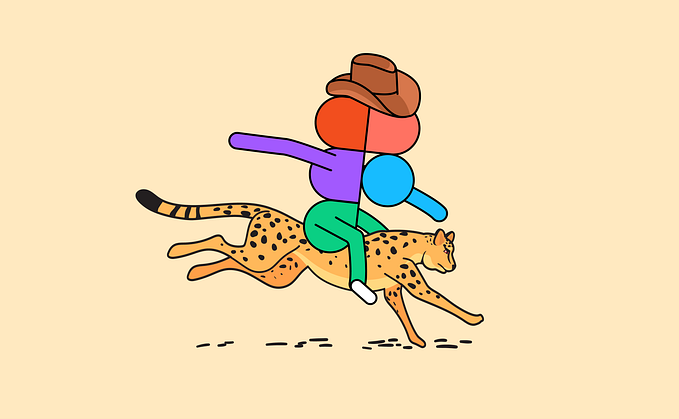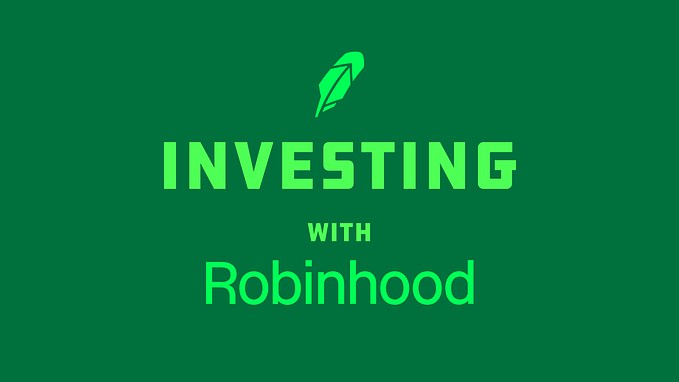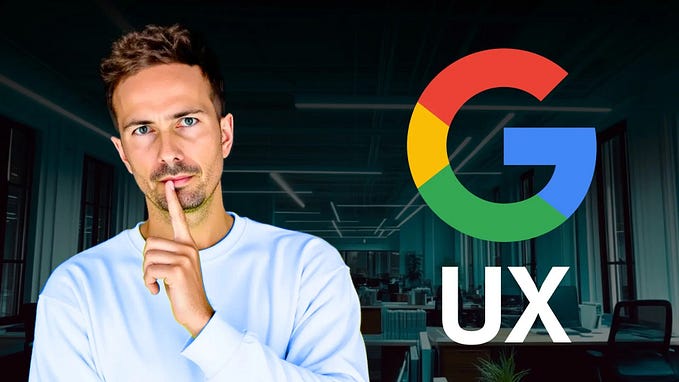Member-only story
Designing for inclusivity
Achieving DEI success isn’t an easy road, but it doesn’t have to be a rough one — especially when we bring design into the process.

Diversity, equity, and inclusion (DEI) are taking center stage in corporate conversations, and many companies are investing deeply in DEI frameworks and KPIs, aiming for fair treatment and full participation for everyone, especially those who have historically been marginalized due to identity or ability.
But before jumping on the DEI bandwagon, let’s pause and ask: Do we really need a complete overhaul, or is DEI just “common sense” that managers should instinctively embrace? Through our experience helping clients embed inclusive practices, we’ve found that while DEI initiatives can be resource-intensive, they don’t have to be. Often, it’s simply about being more human.
№1. Tackling the Diversity Learning Curve
At its heart, design is about the human experience, and designing DEI programs is no different. It’s about embracing the broadest range of human diversity — considering ability, language, culture, gender, age, and more. But here’s the twist: sometimes, even the “broadest range” isn’t broad enough!
Our unconscious biases tend to show up every time we make a decision. Each decision moment offers a chance to either include or exclude someone. That’s why a successful DEI program starts by assessing everyone’s understanding of diversity, equity, and inclusion — and then providing focused training on topics like intersectionality, microaggressions, and stereotypes.
In other words, DEI should start with an honest look at your organization’s unique gaps. Forget the “101 Guide to Being Inclusive” for everyone; instead, tailor training to your team’s specific needs.
№2. Take an Outside-In Approach
Inclusion isn’t just a box to check — it requires a thoughtful approach. Like any good design strategy, it helps to take an “outside-in” perspective. Here are three key ways to do this, addressing the range of mindsets people bring to the table:
- Visioning: Instead of a top-down DEI mission that’s simply stamped into place by the CEO, bring stakeholders together to gather…








